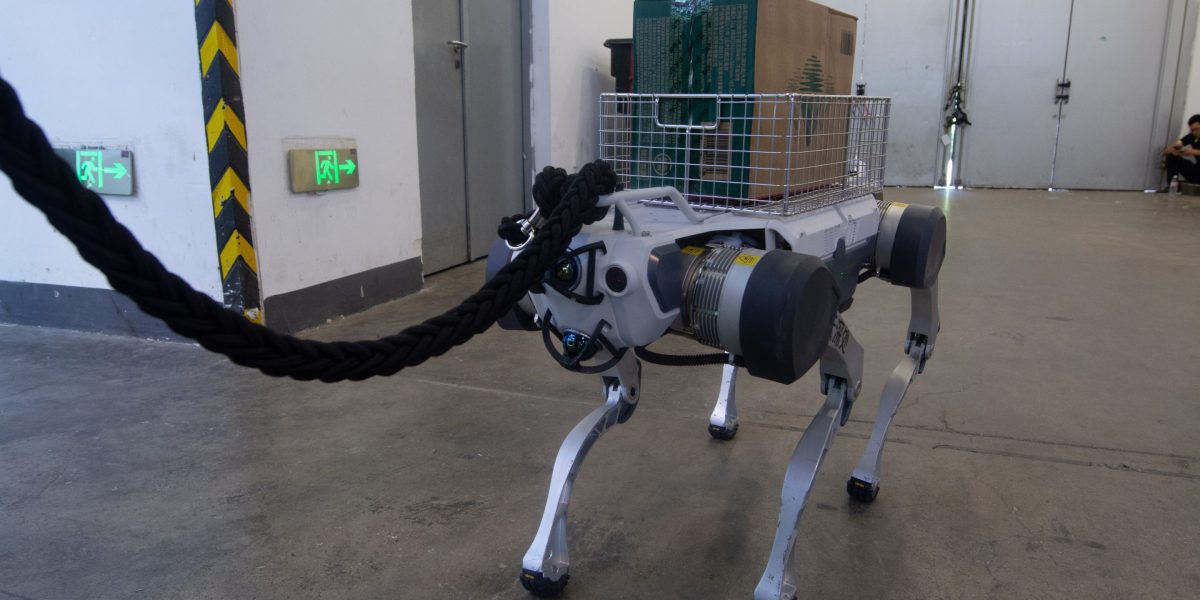

Canines have been an integral part of the Department of Homeland Security (DHS) for years now, sniffing out explosive devices and other threats. Now they’re getting some cybernetic backup.
The DHS has developed a four-legged robot, which it plans to use in future raids. The agency revealed the new robo-agent at a speech at the 2024 Border Security Expo in Texas.
Called NEO, the robotic dog has a modified antenna array that agents will use to overload the home networks of suspects, which will disable devices that rely on Wi-Fi to operate, such as security cameras and voice-activated digital assistants (which can trigger other automated functions).
The bionic pooches can also act as another set of eyes and ears for agents, adding another layer of safety.
“NEO can enter a potentially dangerous environment to provide video and audio feedback to the officers before entry and allow them to communicate with those in that environment,” said DHS Federal Law Enforcement Training Centers (FLETC) director Benjamine Huffman. “NEO carries an onboard computer and antenna array that will allow officers the ability to create a ‘denial-of-service’ event to disable ‘Internet of Things’ devices that could potentially cause harm while entry is made.”
The idea of a signal-jamming robotic dog was reportedly first considered after a 2021 incident where a suspected child sexual abuser saw, via his doorbell camera, FBI agents preparing to enter his home and began shooting, killing two agents and injuring three more.
DHS is not the only law enforcement agency using robotic dogs. The Massachusetts State Police are crediting a robot dog for saving lives when it approached a house where a man was barricaded inside with weapons. (One robot dog was shot, but no officers were injured.)
“The incident provided a stark example of the benefits of mobile platforms capable of opening doors and ascending stairs in tactical missions involving armed suspects,” state police said in a statement. “In addition to providing critically important room clearance and situational awareness capabilities, the insertion of Roscoe into the suspect residence prevented the need, at that stage of response, from inserting human operators, and may have prevented a police officer from being involved in an exchange of gunfire.”
Other law enforcement officials have had less-positive encounters. In 2021, the NYPD opted to kennel its robotic K9 units after a backlash from the community about privacy and overly aggressive displays of force.
CEO Daily provides key context for the news leaders need to know from across the world of business. Every weekday morning, more than 125,000 readers trust CEO Daily for insights about–and from inside–the C-suite. Subscribe Now.














